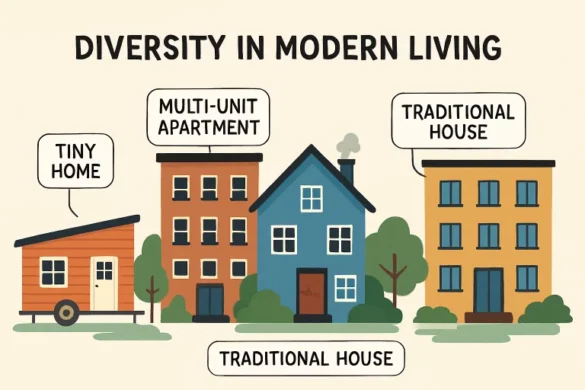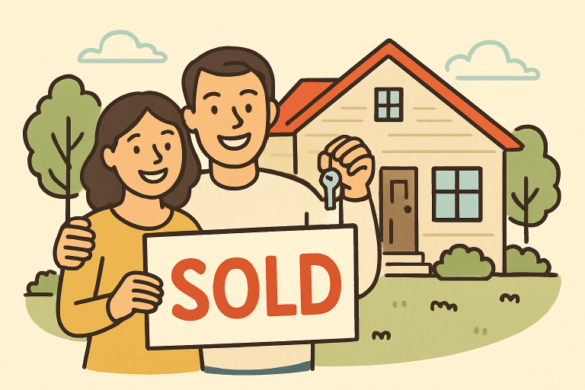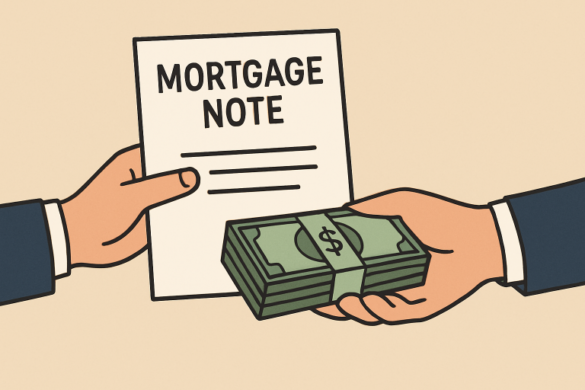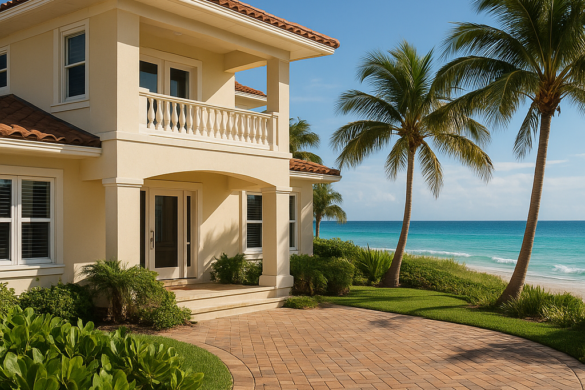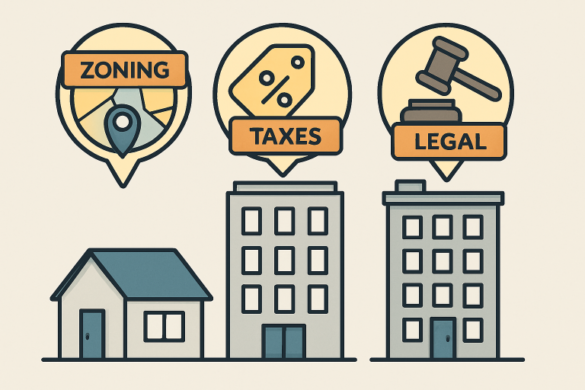Rethinking the Future of Housing
As cities rapidly expand and global populations rise, the demand for affordable, resource-conscious housing solutions has never been greater. A new generation of urban planners and developers is working to strike a balance between growth and environmental stewardship. By reimagining traditional approaches to residential development, these innovators are paving the way for vibrant, inclusive communities that harmonize the needs of people and the planet. Visionaries such as John Picerne exemplify this shift, leveraging their expertise to champion projects that blend sustainability with livable design.
Sustainable communities are about more than minimizing carbon footprints—they are holistic environments where resources are conserved, well-being is prioritized, and long-term resilience is embedded. By incorporating elements such as walkability, mixed-use planning, and accessible public services into the fabric of neighborhoods, community leaders aim to enhance the quality of life while minimizing ecological impacts. These efforts reflect a growing consensus that the future of housing must address both environmental responsibility and social vitality.
Core Principles of Sustainable Community Design
Successful sustainable communities are built upon key principles that prioritize both the environment and the people who inhabit it. Thoughtfully designed green spaces lower urban heat and promote biodiversity, while careful land usage maximizes efficiency without sacrificing comfort or functionality. Mixed-use developments place homes, jobs, schools, and recreation within accessible reach, reducing commuter traffic and supporting local economies. Features such as wide sidewalks, bike lanes, and robust public transportation make active lifestyles viable and appealing, contributing to lower emissions and healthier residents. Social cohesion is another hallmark of resilient neighborhoods. Designing opportunities for interaction—such as plazas, parks, or community events—strengthens connections and supports collective problem-solving. Urban planners increasingly recognize that fostering a sense of belonging can dramatically improve a community’s ability to adapt in the face of challenges, whether economic, environmental, or social.
Private and Public Sector Collaboration
The complexity of building sustainable communities demands close collaboration across sectors. Public policy sets the framework for progress, while private innovation brings agility and creative solutions to the table. When municipalities, developers, and nonprofit organizations join forces, they pool resources, streamline regulatory barriers, and unlock new financial models that drive impactful development forward. Engaging future residents in planning and oversight ensures that projects align with real-world needs and foster a genuine sense of ownership among community members.
Implementing Eco-Friendly Technologies
Technological innovation is dramatically transforming the shape of sustainable communities. Renewable energy sources, such as rooftop solar panels and geothermal exchange heating systems, significantly reduce energy consumption and emissions. Smart infrastructure—ranging from LED street lighting to cloud-controlled irrigation—maximizes efficiency and provides real-time data for continuous improvement. Water conservation strategies, such as permeable pavements and rainwater harvesting systems, further reduce environmental impact while lowering costs for both municipalities and homeowners.
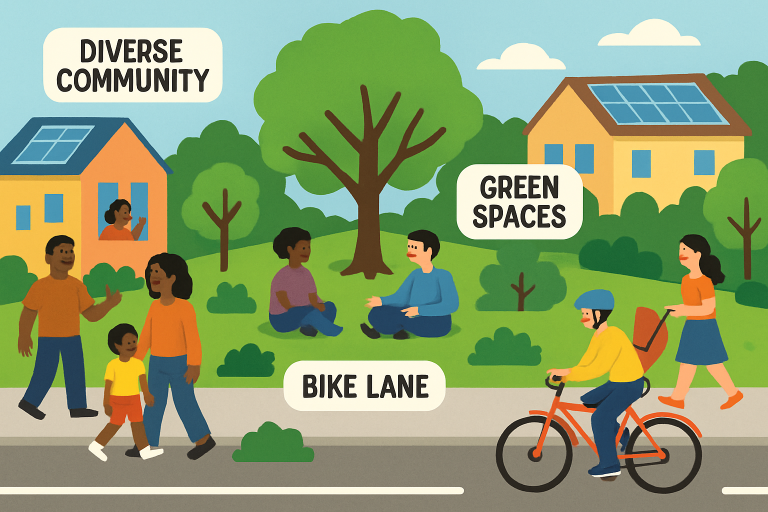
These advances are rapidly gaining traction amid rising consumer expectations and tightening environmental regulations. Investments in green technology not only lower household bills but also boost property values—a win-win for both organizations and residents.
Enhancing the Resident Experience
A sustainable community is measured not just by its energy footprint, but by the day-to-day experiences of its residents. Thoughtful amenities, such as community gardens, walking trails, and recreational centers, encourage healthy lifestyles and promote a sense of community engagement. Educational programs and skill-sharing workshops stretch beyond traditional amenities, providing platforms for lifelong learning and empowerment. By intentionally designing for human happiness and fulfillment, communities become places where people want to reside, participate in, and thrive.
Safety and inclusiveness are also top priorities. Universal design principles ensure accessibility for residents of all ages and abilities, while robust public safety infrastructure and well-lit communal spaces provide peace of mind. The end goal is a neighborhood that celebrates diversity, supports every resident, and continuously adapts as needs evolve.
Long-Term Economic Impact of Sustainable Communities
Investments in sustainability yield dividends that extend far beyond the bottom line. Properties developed with energy efficiency, green materials, and integrated transportation options consistently show greater resilience in changing markets and tend to retain higher values over time. Municipalities benefit from lower infrastructure and public health costs, while families enjoy significant savings on utilities, transportation, and healthcare expenses.
Sustainable communities often attract a higher caliber of investment and can create job opportunities tied to new technology, construction practices, and ongoing maintenance needs. Reduced resource consumption and efficient planning translate into lasting economic value for residents, businesses, and local governments alike.
Lessons from Successful Projects
- Greenfield Revitalization: Cities are transforming neglected spaces into vibrant neighborhoods anchored by parks, green roofs, and efficient utilities, proving that even the most challenged urban areas can be reborn through sustainable principles.
- Mixed-Income Housing: Progressive developments integrate affordable, workforce, and market-rate housing to empower diverse populations, balance local economies, and combat segregation.
- Zero-Emission Communities: Visionary projects now target total carbon neutrality, from all-renewable electricity to waste-free living—establishing ambitious benchmarks that inspire ongoing innovation in the field.
These case studies provide blueprints for others to follow, demonstrating that ambition can drive meaningful transformation when combined with inclusive planning and ongoing community engagement.
Emerging Trends in Community Development
Looking ahead, the evolution of sustainable communities will be shaped by new models and technologies. Modular and prefabricated construction methods promise to reduce building waste and dramatically shorten project timelines. The rise of “smart neighborhoods,” where residents leverage connected devices and digital platforms to optimize energy use and community engagement, is well underway. Meanwhile, trends such as urban agriculture, green roofs, and biophilic design are blurring the line between the city and nature.
Policymakers worldwide are supporting these trends by incentivizing renewable energy, introducing tougher sustainability codes, and reallocating resources to support public-private innovation. As more stakeholders recognize the array of benefits these approaches deliver, we expect to see even greater momentum toward reimagined urban and suburban living, making sustainable communities not just viable but essential for the future.
